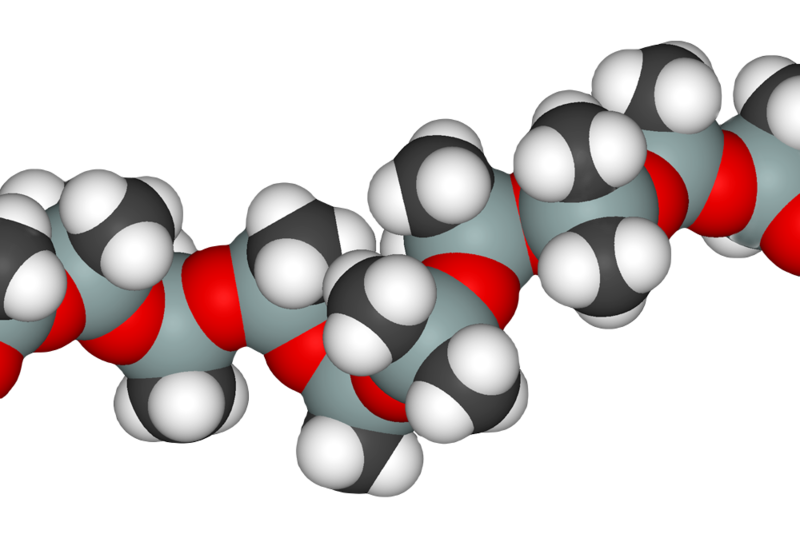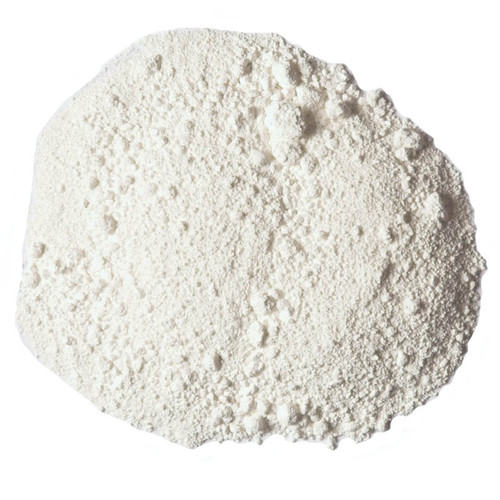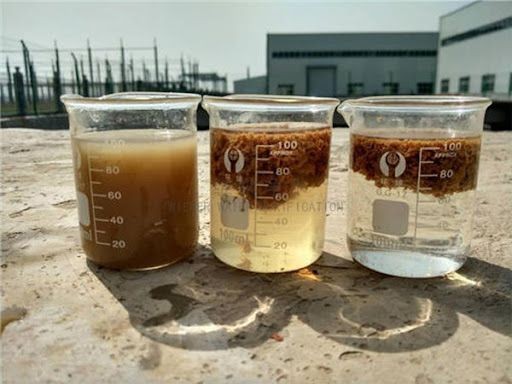Soil protection and the prevention of soil erosion are central goals of the management of natural resources and sustainable agriculture. In the meantime, various methods have been developed to combat soil erosion, the most effective of which are mulching with vegetation and the use of polyacrylamide (PAM). The article provides a comprehensive comparison of the two methods from a technological, economic and environmental point of view.
Part 1: Understanding the Methods
1. Traditionelle Beleuchtung
Mulching is the process of covering the soil surface with organic or inorganic materials to protect it from erosion. Mulch types include:
-
Organic mulch : plant waste, straw, plant residues, wood chips.
-
Mineral chippings : gravel and sand
-
Synthetic coverings : plastic, geotextile
2. Polyacrylamide (PAM)
Polyacrylamide is a synthetic hydrophilic polymer that comes in three forms: anionic, cationic, and non-ionic. The mechanism of action of PAM in soil protection:
-
It combines with soil particles and forms a stable structure.
-
Reduce surface runoff
-
Improvement of soil permeability
-
Reduction of the loss of fine soil particles
Part Two: Comparing Technologies and Performance
1. Anti-erosion effect
Lid :
-
Reduce wind erosion by 40-70%
-
Reduce water erosion by 30-60%
-
Efficiency depends on the type and thickness of the coating.
Polyacrylamide :
-
Water erosion is reduced by 70-90%.
-
Wind erosion has been reduced by 50–80%.
-
Faster and more uniform impact on the earth’s surface.
2. Effects on the physical properties of the soil
Lid :
-
Long-term improvement of soil structure (for organic mulch)
-
Decrease in soil surface temperature
-
Maintaining soil moisture
Polyacrylamide :
-
Rapid improvement of soil structure
-
Increasing the stability of soil aggregates
-
Reduction of pressure on the soil surface
3. Effects on the chemical properties of the soil
Organic sawdust :
-
Increase the organic matter content in your soil
-
Give nutrients gradually
-
Possibility of changing the pH of the soil
Polyacrylamide :
-
It has no direct effect on chemical fertility.
-
Reduce nutrient loss
-
Chemisch neutral.
Part Three: Economic Comparison
1. Acquisition costs
Lid :
-
Variable costs depending on the type of coating
-
Organic sawdust: 500,000 to 2 million riyals per hectare
-
Artificial mulch: more expensive but more durable
-
The price of a hectare ranges from about 1,500,000 to 3,000,000 riyals.
-
Special equipment is required for spraying.
2. Maintenance and upgrade costs
Lid :
-
Organic mulch should be renewed annually.
-
The lifespan of artificial mulch is 2 to 5 years.
Polyacrylamide :
-
Valid for 6-12 months.
-
After heavy rain, repeat the treatment.
3. Return on investment
-
PAM offers higher returns in the short term.
-
Organic mulch is best for long-term soil improvement.
 Part Four: Environmental Aspects
Part Four: Environmental Aspects
1. Impact on the ecosystem
Organic sawdust :
-
Environmentally friendly
-
Increasing soil biodiversity
-
In some cases, it can attract pests.
Polyacrylamide :
-
Non-toxic in recommended concentrations.
-
Under certain conditions, there is a risk of decomposition into toxic particles.
-
Careful management of consumption is essential.
2. Resource sustainability
Organic sawdust :
-
Dependence on local plant resources
-
Competitive potential with other uses of plant waste
Polyacrylamide :
-
Production depends on oil resources.
-
Energy-intensive production process
Section 5: Special Requests
1. Suitable climatic conditions
Lid :
-
Control of wind erosion in arid and semi-arid regions
-
Use a thick layer of mulch to control water erosion in areas with heavy rainfall.
Polyacrylamide :
-
Areas with occasional heavy rainfall
-
erodable soil
2. Suitable floor type
Lid :
-
Suitable for all floor coverings.
-
More effective on light soils.
Polyacrylamide :
-
Most effective on clay and silt soils.
-
Limited to sandy soils with a low organic content.
 Part Six: Problems and Limitations
Part Six: Problems and Limitations
1. Coverage Restrictions
-
Applying organic mulch requires a lot of effort.
-
Flammability of dry sawdust
-
Restricted access to lighting materials in some areas
2. PAM Limitations
-
Sensitivity to the quality of irrigation water
-
Technical knowledge is required for optimal application.
-
If used incorrectly, the effectiveness can be impaired.
Part 7: Integration of new methods and solutions
1. Share
-
PAM application and light organic mulch
-
Use of PAM as a complement to metal coating
2. New technologies
-
Biopolymer coating
-
PAM nanocomposites
-
Controlled Release Coating
 At last
At last
Both the coating and polyacrylamide application methods have their own advantages and limitations. The appropriate method should be selected taking into account local conditions , soil type, climatic conditions and management objectives. In many cases, a combination of these two approaches can achieve better results in soil protection and erosion control. The development of new technologies in both areas will also provide more effective solutions to existing problems.